Neck conditions


The neck is rotated to the non painful side and usually cannot be moved to a neutral position. Simple analgesia, warm compresses and massage may help. There should be no associated neurological symptoms or signs.

All of the answers have been recorded but vertebral artery dissection is well recognised. Patients often present with vertigo, headache, neck pain, ataxia and sometimes long tract signs a variable time after manipulation.
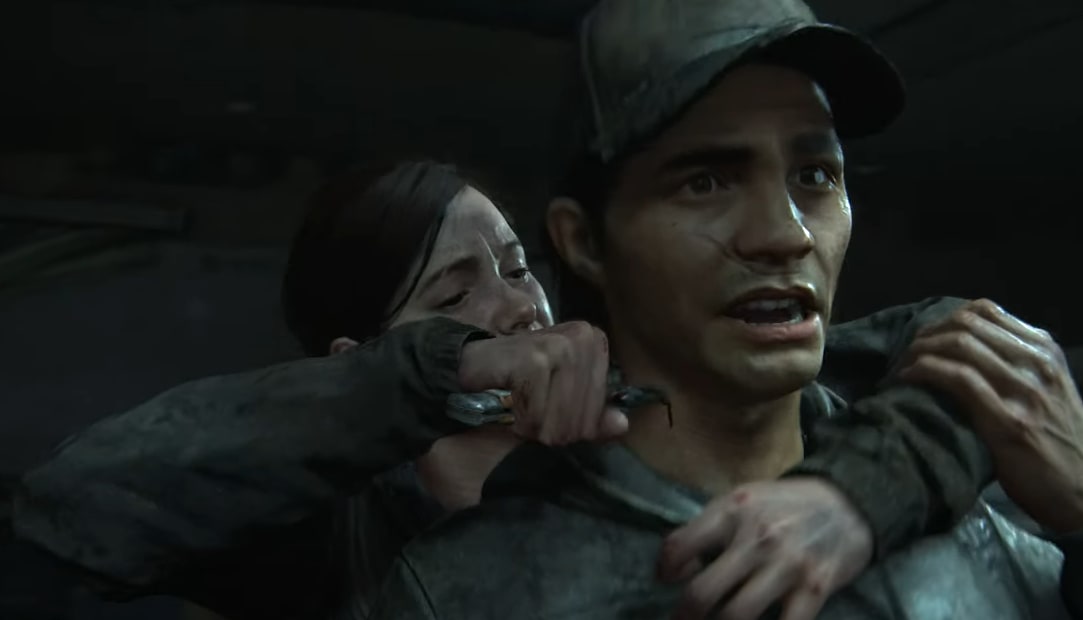
There are 3 recognised zones. Zone 1 is from the clavicle to the cricoid. Zone 2 from the cricoid to the angle of the mandible. Zone 3 is up to the superior angle of the mandible. Zone 1 has the highest mortality whilst Zone 2 is the most common site of injury. Each Zone has a slightly different approach to their care.

There is marked retropharyngeal swelling with gas locules. The soft tissue in front of C2 to C4 is only meant to be 1/3 the width of the vertebra, whilst from C4 down to T1 it is meant to be less than 1.1 the width of the vertebra. (image thanks to Radiopaedia).
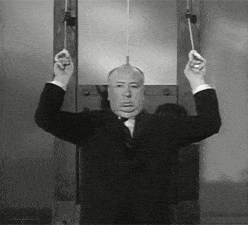
Julius Caesar was assasinated by a group of senators in the senate. Stabbed 23 times. Tough meeting.
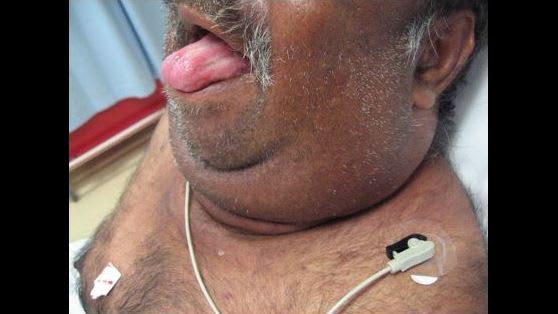
Ludwigs angina is a polymicrobial infection of the floor of the mouth that can threaten the airway. It often occurs in patients with poor dental hygeine. Beware and secure the airway in OT. Image thanks to LITFL.
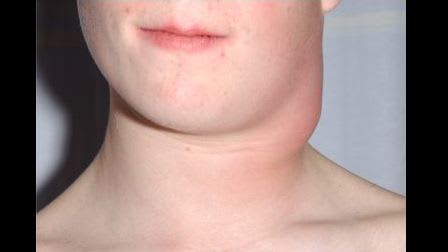
It occurs in the presence of oropharyngeal infection, like a quinsy. 70% occur in 16 to 25yr olds. Patients usually present unwell with neck pain, trismus and often signs of distal infective emboli especially in the lungs. Fusobacterium necrophorum is the causative organism in up to 80% of cases.
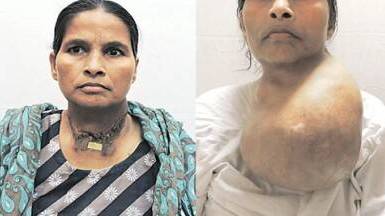
When there is dietary iodine deficiency the thyroid enlarges to try to keep up its production of thyroid hormones. Apparently worldwide 2 billion people suffer iodine deficiency of which 50 million are symptomatic.
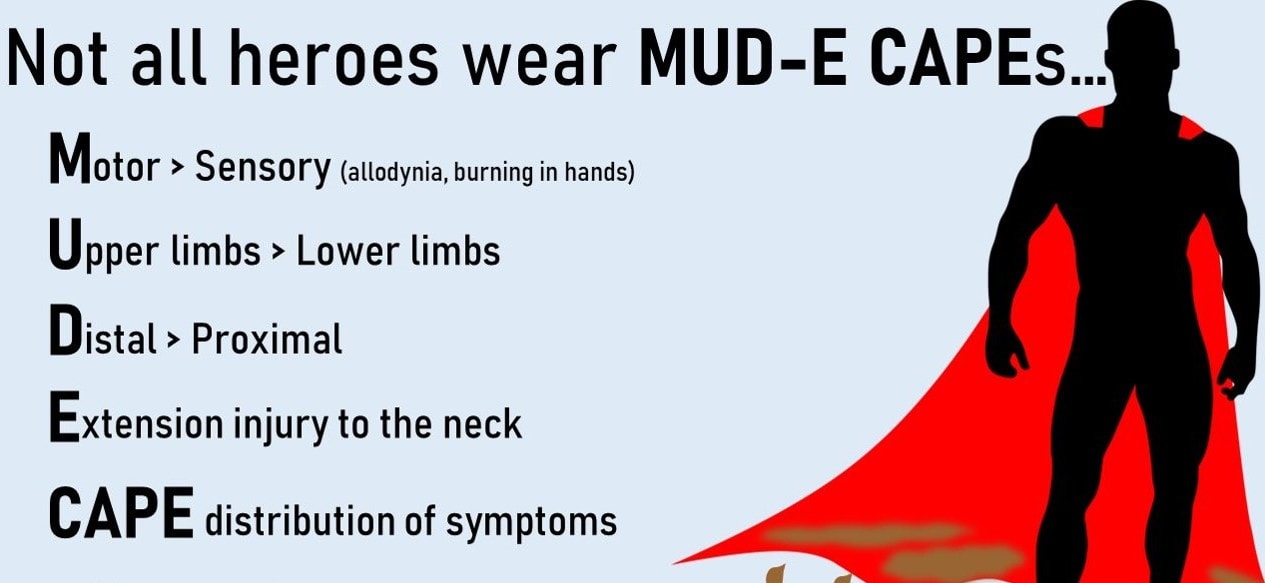
The centre of the spinal cord is squished anteriorly by bony spurs or disc material and posteriorly by the ligamentum flavum. Because of the way the parts of the corticospinal tract are layered out those closer to the centre of the cord (the upper limbs) are affected more than those further out (lower limbs). Forced extension in an older person who already has a narrowed spinal canal is usually the mechanism.
This is the sound of an infant with croup. Note the "barking" cough and some inspiratory stridor.